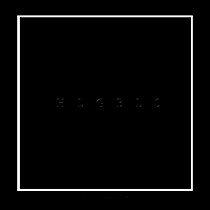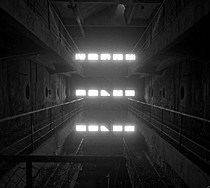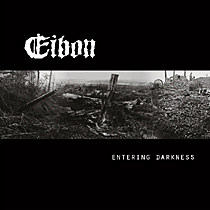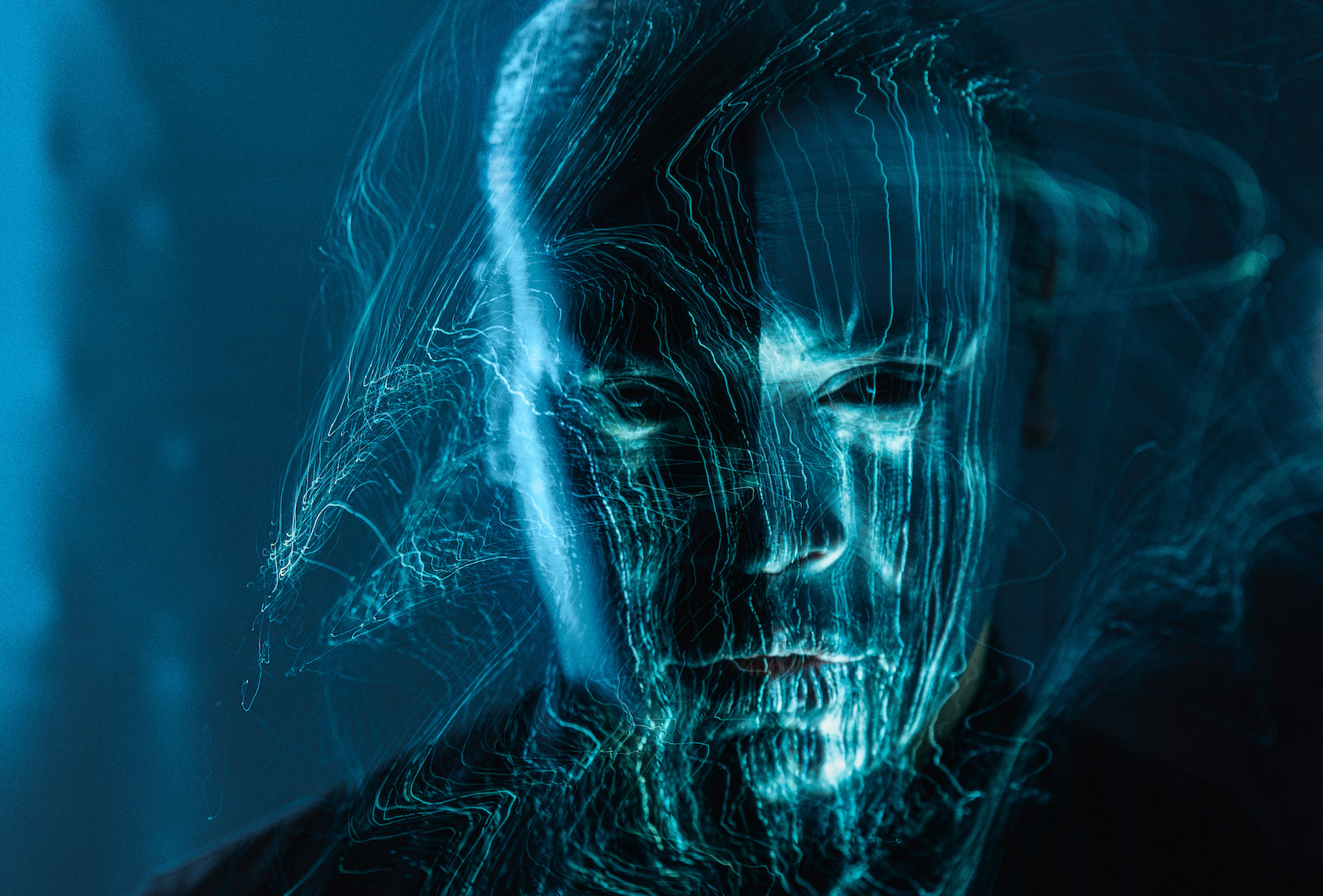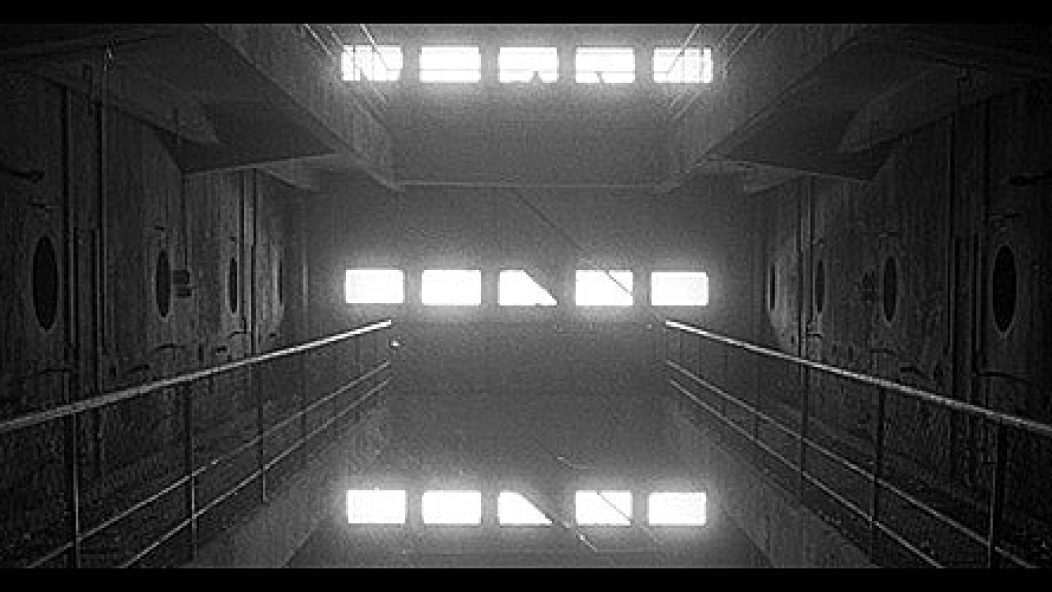
Slow & Low #2: Doom forward, EU-style
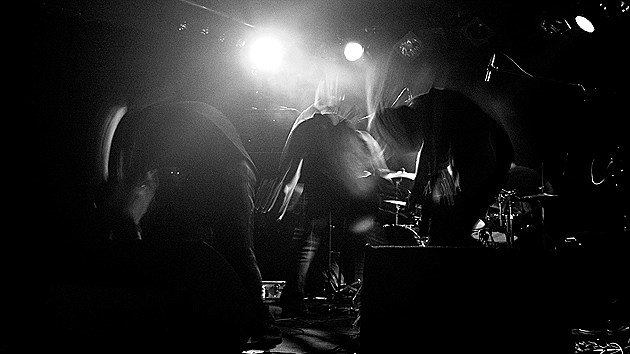
. . .
On one hand, this is long overdue. Over a year ago, I started a column called “Slow & Low” to highlight music of that nature. Then I abandoned that idea, because I started thinking that albums should be discussed individually, not in groups. But the sheaf is stronger than the stalk. So where appropriate now, I will discuss the sheaf.
On the other hand, I’m jumping the gun. To varying degrees, these bands take on the “song vs. sound” issue that has recurred throughout this blog. (See, e.g., here, and Mike Scalzi’s discussion here.) I should pin that issue down, but my thoughts on it aren’t concrete yet. So instead I’ll present three bands that help make that issue un-pinnable.
These bands group themselves in my head as “European bands moving slow, heavy music forward with a slightly futuristic feel”. The European part is key; I don’t hear American bands taking these kinds of turns. Usually the biggest risk American bands take is, “Ooh, clean singing!” Then they return to their whiskey and beer. Europeans, in contrast, have an artsy streak that informs their aesthetics. These bands all have stark, minimal, black-and-white visuals that fit their music. And their sounds make them interesting, not their lyrics. Two of these records come without printed lyrics, and another is in French (which I don’t know). That’s OK. Perhaps the album is the song is the sound is the album. Or something like that.
Rorcal photo by doozle
. . .
Rorcal
Heliogabalus
. . .
Switzerland’s Rorcal raise the song vs. sound issue most blatantly, via a single, 70-minute song in Heliogabalus. On one hand, no album should be 70 minutes long. (Dave Allen, once of Gang of Four and now a digital media guru, has a good argument against the primacy of the album. He says that the album is an artificial construct foisted upon artists due to technological considerations.) On the other hand, a 70-minute song can be interesting. Classical symphonies have lasted much longer.
Rorcal are no classical composers, but it’s interesting to hear them grapple with long-form composition. Most bands of this ilk are rightfully called “funeral doom” because they threaten to kill listeners through boredom. By now, striking a note and letting it ring for too long has lost its novelty, no matter how big one’s amp stacks are. But this stuff can work live. I never listen to Monarch! or Trees on record, but I like their live punishment (review). Rorcal’s innovation is adding lots of variation to the time-stretching doom shtick.
I’m pretty sure that Rorcal recorded Heliogabalus in parts, because it has so much going on. (It would be impressive, however, to witness a 70-minute continuous performance of the piece.) It starts with Khanate/Burning Witch worship (though no such worshiper has matched the originals in terms of discipline and control), topped with Godflesh-esque harmonics and seconds/ninths. Then it morphs and morphs and morphs and morphs. Electronic textures come in and come out. Guitars start exploring the upper registers, at times coalescing into black metal-esque tremolo picking (Tennessee’s Argentinum Astrum have also mined this territory), at other times forming abstract sheets of sound like a less deft Dysrhythmia. Sometimes these elements boil down to pure noise, and sometimes they form tonal chord progressions. It’s a massive sandwich to bite into, and it should probably be sliced into pieces for easier digestion – but then again, easy digestion is not what this is about.
. . .
Danishmendt
Un Passé Aride
. . .
France’s Danishmendt also have a serious Godflesh jones. But the influence is more in the blood than as a blueprint. No mechanized crushing here – the ground is always shifting. The midrange scrapes, crinkles, and buzzes relentlessly. Vocals channel the urban howl of Mike Hill; riffs evoke the sludge-via-lonely-sidewalks of Unearthly Trance. “Tombs meets Unearthly Trance” sounds like the best thing in the world – and Danishmendt are a good way there, but they’re not there yet. The songs don’t have the presence yet to stand up and announce themselves. But like the other two records here, Un Passé Aride is more about the ride. And what a ride it is! Imagine the lonely tunnels of Wong Kar-wai’s Fallen Angels; power plants aglow at night with obscene brightness; the dirty, relentless energy of Kowloon Walled City, “The City of Darkness”. This record pulses with the energy of cities at night. Covert violence and soul decay do their nightly dance, lit by crackling electricity. Electricity has let humans take on a second, vampiric life at night. This is its soundtrack.
. . .
Eibon
Entering Darkness
. . .
I wonder if Danishmendt know their fellow Parisians Eibon. Eibon are not the Phil Anselmo/Fenriz project, but a former Eyehategod clone (I reviewed their promo CD almost three years ago) that’s become much more interesting. Black metal and post-metal now inform the sound; yes, “blackened sludge” has reached Europe. Entering Darkness is as if Isis had continued down a bleaker path after Panopticon (also a nocturnal record – none of these bands sound good in daylight) instead of softening and becoming “richly textured”. I’ve listened to this record for about half a year, and it requires a lot of attention to digest. That’s because it’s incredibly subtle. The songs are like heavy men who move like cats. Textures slide in and out, probably wearing trenchcoats, and unhappy souls keen in the distance. This record is so subtle, it sounds awful in earbuds and awesome in proper headphones. If I smoked weed, I would blaze away to this record, except that it would probably fill me with paranoia. Smooth and scathing this is; if you don’t watch out, you’ll fall into its maw.
“Entering Darkness”
. . .
